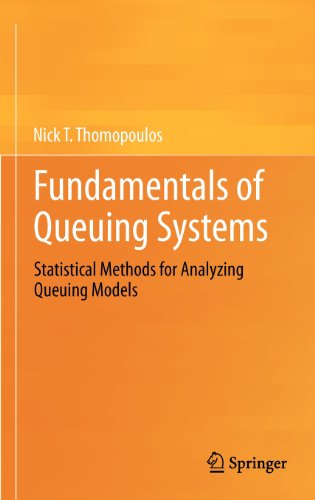

Most ebook files are in PDF format, so you can easily read them using various software such as Foxit Reader or directly on the Google Chrome browser.
Some ebook files are released by publishers in other formats such as .awz, .mobi, .epub, .fb2, etc. You may need to install specific software to read these formats on mobile/PC, such as Calibre.
Please read the tutorial at this link: https://ebookbell.com/faq
We offer FREE conversion to the popular formats you request; however, this may take some time. Therefore, right after payment, please email us, and we will try to provide the service as quickly as possible.
For some exceptional file formats or broken links (if any), please refrain from opening any disputes. Instead, email us first, and we will try to assist within a maximum of 6 hours.
EbookBell Team

4.3
48 reviewsWaiting in lines is a staple of everyday human life. Without really noticing, we are doing it when we go to buy a ticket at a movie theater, stop at a bank to make an account withdrawal, or proceed to checkout a purchase from one of our favorite department stores. Oftentimes, waiting lines are due to overcrowded, overfilling, or congestion; any time there is more customer demand for a service than can be provided, a waiting line forms. Queuing systems is a term used to describe the methods and techniques most ideal for measuring the probability and statistics of a wide variety of waiting line models. This book provides an introduction to basic queuing systems, such as M/M/1 and its variants, as well as newer concepts like systems with priorities, networks of queues, and general service policies. Numerical examples are presented to guide readers into thinking about practical real-world applications, and students and researchers will be able to apply the methods learned to designing queuing systems that extend beyond the classroom. Very little has been published in the area of queuing systems, and this volume will appeal to graduate-level students, researchers, and practitioners in the areas of management science, applied mathematics, engineering, computer science, and statistics.